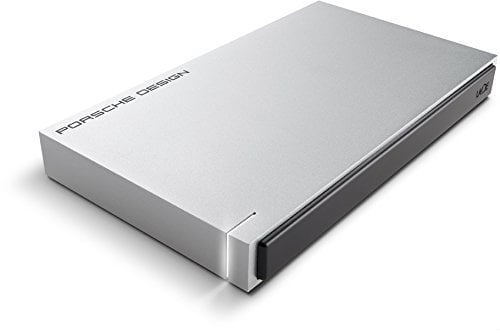

If you need to back up any information on the drive, first connect your drive to a computer that does recognize the drive and transfer the data to a new storage device. Choose "Mac OS Extended (Journaled)" to use the default Mac file system format. Click the "Format" drop-down menu and select the format you want to use. Select the USB drive at the left sidebar of your Disk Utility window. Select your USB flash drive on the sidebar, and choose 'Erase'. Go to 'Applications > Utilities', and open 'Disk Utility'. Connect the USB flash drive to your Mac computer.

Your macOS will recognize it and show it up on the desktop. To format the USB drive to FAT32, follow the next steps: Step 1. You can use the built-in Disk Utility to format your drives to. Select your hard drive from the list and click the "Erase" tab. Here's how to format a USB drive on Mac: Plug your USB drive into your Mac USB port. The Mac operating system requires that you use a disk formatted using a compatible file system. Restart "Disk Utility" if you had to restart your computer to perform a repair and you still don't see your drive. You may need to restart your computer and follow the prompts to complete the repair.Ĭlick the "Finder" icon in the Dock and look for your drive in the sidebar. If the operating system already mounted the drive, an "Unmount" button displays instead.Ĭlick the "First Aid" tab and select "Repair Disk," if available. Plug the USB stick that you want to reset. While first ensuring you have a copy of any data on a drive you want to format as ExFAT, as formatting will erase the drive’s contents, follow these steps: Attach the drive to your Mac.
/article/2008/01/15/145754-DSC_0050_90.jpg)
Select your hard drive, optical drive or other attached drive in the sidebar. Make sure that the USB stick that you want to reset is unplugged. Click "Go" and select "Utilities" from the drop-down list. Click the background to bring up the Finder menu in the the top bar.


 0 kommentar(er)
0 kommentar(er)
